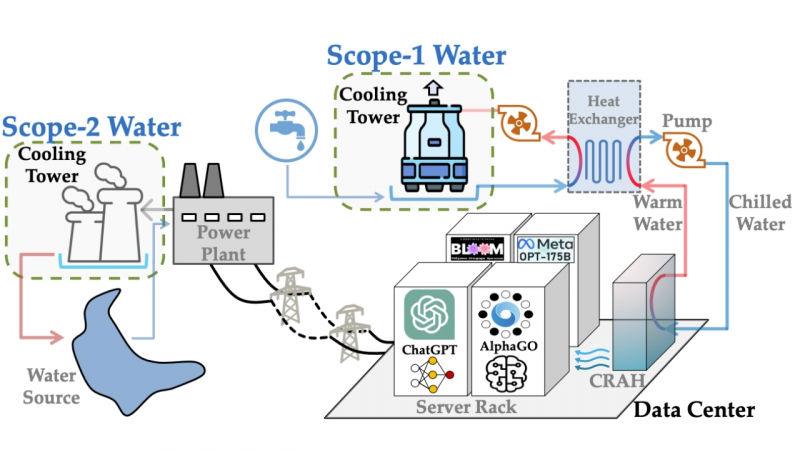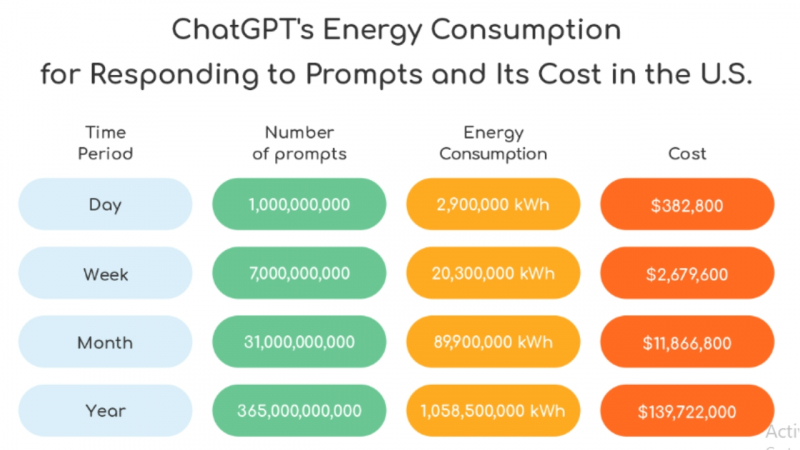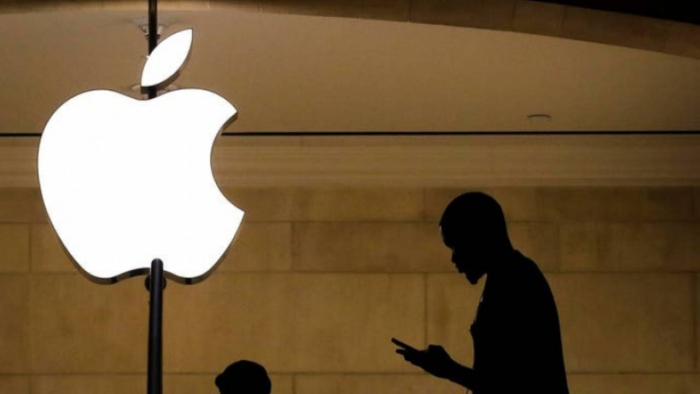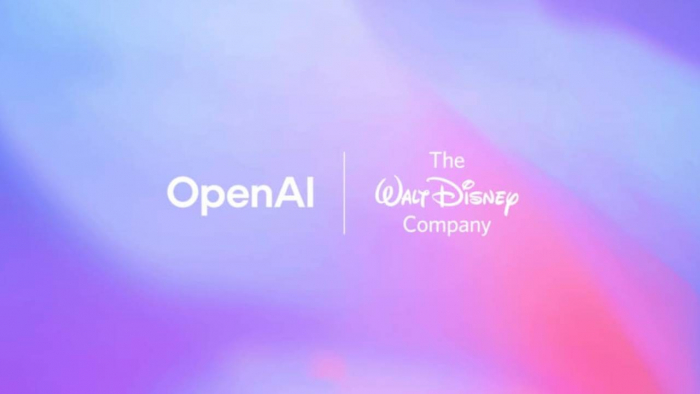Water scarcity is no longer a distant concern. The United Nations projects that by 2030, global water demand will outstrip supply by 40% if current practices continue (UN Water). At the same time, artificial intelligence (AI) is advancing at a pace that rivals the speed of climate change itself. But how exactly do these two forces, AI and water scarcity, intersect? And can AI play a pivotal role in reshaping our approach to one of humanity’s most urgent crises?
Why Water Scarcity is a Global Emergency
Water scarcity affects 2.2 billion people worldwide today. The drivers are complex: rapid population growth, urbanization, agricultural demands, industrialization, and, of course, climate change.
Climate change intensifies droughts, alters precipitation patterns, and melts glaciers, reducing freshwater availability for billions. Agriculture alone consumes 70% of global freshwater resources, which means even small inefficiencies create massive ripple effects.
The question is not whether water scarcity will impact our future, but how deeply it will reshape economies, societies, and geopolitics.
Where Does AI Enter the Conversation?
AI is often discussed in terms of productivity, automation, and big data. But in the context of water, it offers something more: the ability to predict, optimize, and adapt in ways human systems alone cannot.
For instance:
- Predictive Analytics: AI models can forecast drought conditions months in advance using satellite imagery and climate models. The European Space Agency’s Copernicus Programme already integrates machine learning to monitor soil moisture and rainfall anomalies.
- Smart Irrigation: AI-driven systems reduce water use in agriculture by analyzing soil data and predicting crop needs. Startups like CropX use machine learning to optimize irrigation, cutting water waste by up to 40%.
- Leak Detection: Utilities lose up to 30% of water through leaks in some regions (World Bank). AI-powered sensors and digital twins help detect anomalies in pipelines, saving millions of liters.
AI doesn’t just monitor. It acts, automating decision-making that saves time, resources, and water.

The Debate: Is AI Helping or Hurting?
Here’s where the discussion gets complicated.
On the one hand, AI supports conservation. Smarter water management could extend scarce supplies and build climate resilience. But on the other hand, AI itself consumes enormous resources, including water.
Training large language models like GPT requires cooling data centers with millions of gallons of water annually. A 2023 study from the University of California, Riverside estimated that training GPT-3 consumed 700,000 liters of freshwater, equivalent to producing 370 BMW cars or 320 Tesla EV batteries.
The irony is stark: while AI offers tools to fight water scarcity, its footprint may worsen the crisis.
Case Studies: AI in Action
1. Israel’s Precision Agriculture
Israel, one of the most water-stressed countries, uses AI-driven drip irrigation and sensors to monitor soil health. Farmers can grow crops with up to 50% less water, proving AI can scale in regions under extreme scarcity.
2. India’s Groundwater Monitoring
In India, where over 60% of irrigation relies on groundwater, AI models track depletion rates. By mapping aquifers in real time, policymakers can prioritize regions at risk and incentivize sustainable practices.
3. California’s AI-Powered Leak Detection
California, often battling drought, uses AI-driven leak detection networks. Companies like WINT and TaKaDu deploy algorithms that reduce water loss by millions of gallons each year.

Ethical Dilemmas: Whose Water is it Anyway?
Water scarcity debates are not just technical; they’re political and ethical. Who decides how water is allocated when AI-driven insights suggest one sector gets priority over another?
Consider:
- Should water go first to agriculture, which feeds billions, or industry, which fuels economies?
- Do AI-powered predictions empower wealthy nations while leaving poorer regions without access to similar tools?
- How do we balance AI’s environmental cost with its promise of efficiency?
AI doesn’t eliminate these debates. It magnifies them, making the stakes clearer but the choices harder.
A Path Forward: Responsible AI for Water
To make AI part of the solution, not the problem, three shifts are needed:
- Green AI Development
AI companies must disclose and minimize water use in training and deployment. Cloud providers like Google and Microsoft are experimenting with renewable-powered, water-efficient cooling systems. - Open Data Collaboration
AI thrives on data. Governments, NGOs, and researchers should share hydrological data globally, enabling better predictions in regions most at risk. - Equitable Access
AI solutions must reach water-stressed communities in Africa, South Asia, and Latin America, not just high-tech economies. The Digital Water Program from the International Water Association is a step in this direction.
Conclusion: A Double-Edged Sword
AI has the power to revolutionize water management, but it also risks deepening the very crisis it aims to solve. The key lies in balance: using AI where it reduces waste, while holding tech companies accountable for their hidden water costs.
The debate over AI and water scarcity is not about choosing one over the other. It’s about weaving technology into climate resilience in a way that sustains life, rather than drains it.
If the next century will be defined by water wars, then AI may well decide who wins, or whether we all lose.
Post Comment
Be the first to post comment!





